FASHION
Soul Style: Defining 1960s African American Fashion
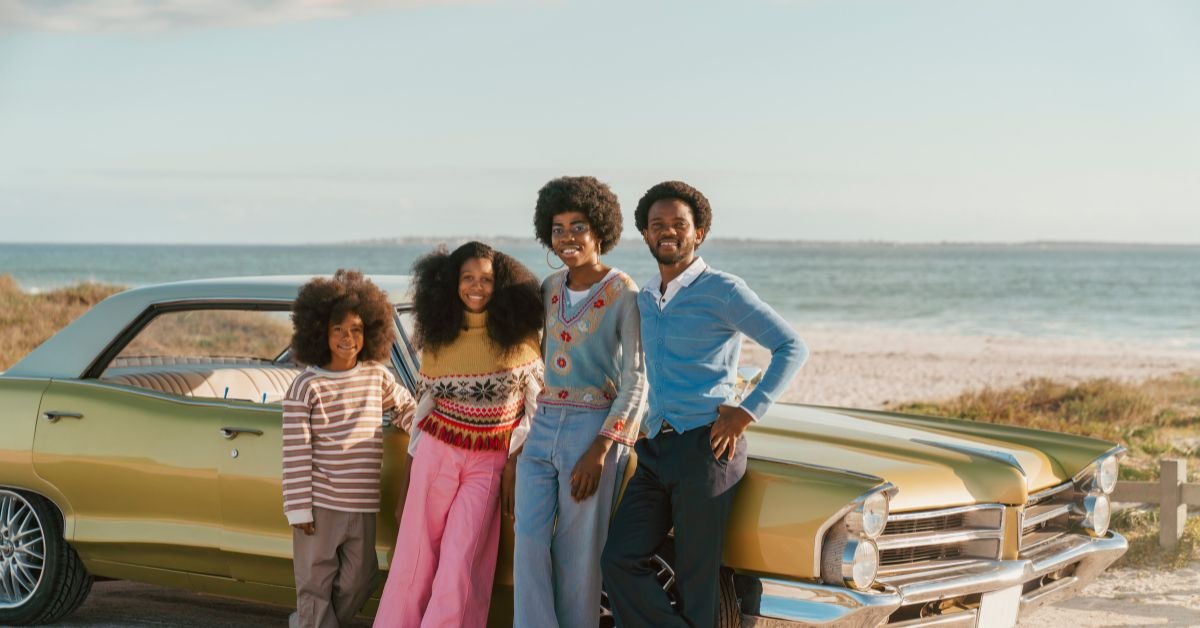
Soul Style Fashion was a vibrant expression of identity, heritage, and resistance. Against a backdrop of civil rights activism and the Black Power movement, African Americans reimagined their style from conk‑treated hair and Eurocentric beauty norms toward bold Afrocentric attire, natural hair, dashikis, and kente patterns. Designers like Arthur McGee and the AfriCOBRA collective helped shape a visual language rooted in Black pride.
Context & Culture: Civil Rights Meets Style
In the early 1960s, as the civil rights movement advanced, fashion became a vehicle for dignity and respectability. Tailored slim‑cut suits for men, polished sheath and A‑line dresses for women, gloves, hats, and pearls all served as sartorial statements of equality and professionalism—part of the carefully curated image that African Americans presented during protests and public appearances This “Sunday best” aesthetic intentionally countered stereotypes and asserted humanity through clothing
Afrocentrism and the Black Is Beautiful Movement Soul Style
By the mid‑1960s, the “Black Is Beautiful” movement had exploded into fashion. Spearheaded by Harlem photographer Kwame Brathwaite’s 1962 Naturally ’62 show featuring Grandassa Models, it foregrounded African-inspired garments, natural afros, headwraps, and bold jewelry—celebrating textures, darker skin tones, and cultural heritage
Afrocentric Trends: Garments & Patterns
Dashikis, printed tunics, and kente cloth became staples. These loose-fitting, vividly patterned pieces were worn by both activists and fashion-forward individuals to express Pan‑African identity and solidarity
Style Icons: Models, Musicians & Designers
Influential figures helped define and broadcast these trends:
-
Donyale Luna, the first Black model on Vogue in 1966, shattered beauty standards and opened doors for models like Naomi Sims, Bethann Hardison, and Cicely Tyson .
-
Diana Ross and The Supremes showcased glamorous, coordinated gowns and tailored ensembles that blended elegance with Motown’s modern charisma
-
Aretha Franklin, with her natural hair, bold makeup, and sequined performance wear, became a fashion muse of soul music, embodying Black pride and feminine strength .
-
Designer Arthur McGee was the first African American to head a fashion studio on Seventh Avenue and integrated African fabrics and looser silhouettes into ready‑to‑wear and couture, dressing clients like Lena Horne and Cicely Tyson in the process .
Accessories & Grooming: Symbols of Resistance
Accessories were not afterthoughts—they were part of the message. Chunky beaded necklaces, oversized earrings, Afro‑pick combs shaped like raised fists, and African headwraps signaled solidarity and pride
Men often sported fedoras, leather gloves, narrow ties, and suede jackets, while women embraced go‑go boots, kitten heels, turbans, and cat‑eye sunglasses to complete their mod and Afrocentric looks
From Protest to Pop Culture: Fashion’s Legacy
The Black Panther Party’s signature ensemble—black leather jackets, berets, pants, and black tees—emerged later in the decade as militant fashion, merging political identity with visual coherence and style This aesthetic was echoed in streetwear and protest attire as a symbol of unity, discipline, and defiance.
Evolution of Hairstyles: From Conk to Afro to Natural Soul Style
As the decade progressed, natural Afros and short cropped textures replaced these processes, forming a clear visual link between style and political consciousness. By the late 1960s, the Afro had become an iconic emblem of Black autonomy and self‑love
Cultural Influences: Music, Art & Identity
Fashion in the 1960s Black community wasn’t isolated—music and art fueled it. The Black Arts Movement, jazz, soul, and emerging funk amplified Afrocentric visuals, inspiring designers and everyday wear alike .
Brands and designers of African-American heritage, along with grassroots fashion exhibitions and model collectives, cultivated a self‑determined visual identity. Publications like Essence emerged as important platforms when mainstream media failed to reflect Black beauty .
Conclusion
It was a political aesthetic, a cultural assertion, and a community-driven reclaiming of identity. The vestiges of that era remain visible in modern trends: in music videos, fashion runways, streetwear, and activism. This decade forged an enduring legacy of style that intertwined aesthetics, identity, resistance, and beauty.
Frequently Asked Questions (FAQs)
What inspired African American fashion trends in the 1960s?
The civil rights and Black Power movements, Afrocentric activism, cultural pride, and influential creatives like Kwame Brathwaite and AfriCOBRA drove fashion toward a fusion of politics and aesthetics.
Which garments became iconic symbols of Black identity?
Dashikis, kaftans, kente‑printed tunics, and tailored suits reimagined through African-inspired patterns served as powerful visual symbols of heritage and resistance.
Who were major Black designers and models of the era?
Arthur McGee, Ann Lowe, Stephen Burrows, Donyale Luna, Naomi Sims, and Bethann Hardison reshaped representation in the fashion industry.
How did hairstyles reflect social change?
Moving from chemically straightened conks to natural Afros, braids, and cornrows represented a shift toward embracing Black hair textures as political and identity affirmations.
How did music and art influence fashion?
Icons like Aretha Franklin, Diana Ross, Sly Stone, and movements like the Black Arts Movement introduced fashion aesthetics aligned with Black cultural expression and joy.
FASHION
American Colonial Fashion: Threads of Identity
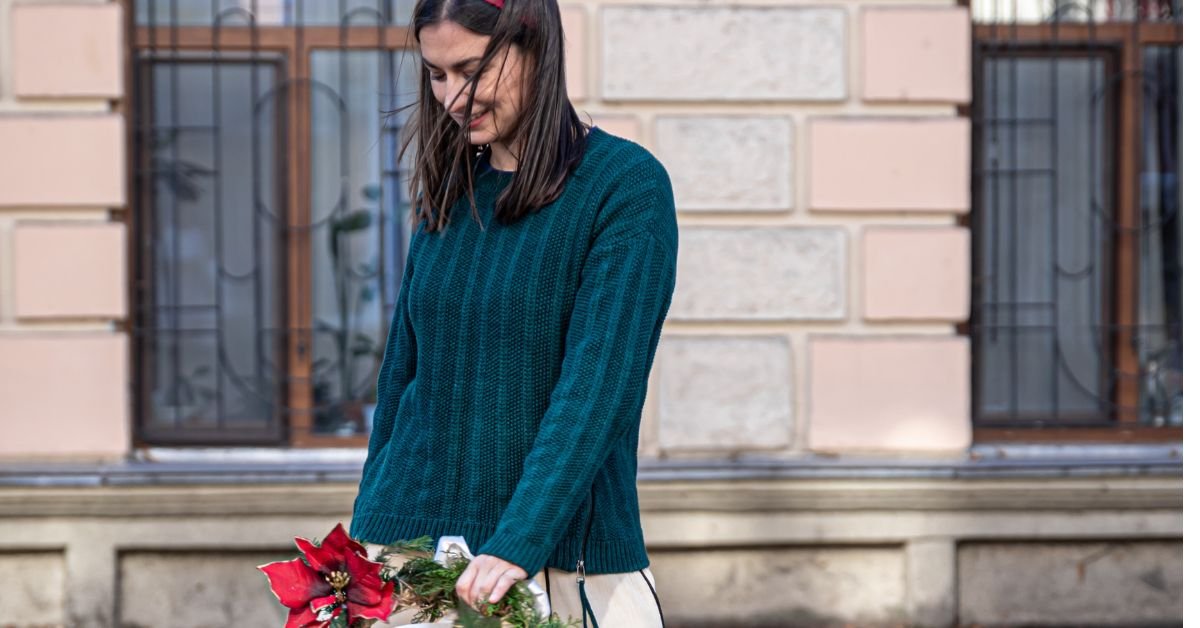
American colonial fashion tells a fascinating story of identity, culture, and politics woven through the fabrics and styles worn during the 17th and 18th centuries. Far beyond mere clothing, these garments symbolized social status, political allegiance, and regional differences in a growing new nation. From the homespun wool of patriot households to the ornate silk gowns favored by the wealthy elite, the attire of colonial America reflected a vibrant blend of practicality, European influence, and emerging American values.
The Foundations of Colonial Attire: Materials and Style
In the American colonies, clothing was more than personal adornment—it was an outward signifier of wealth, class, and political stance. Garments were typically crafted from locally produced materials such as homespun wool or linen, especially among rural families who valued durability and function. Homespun fabric became especially significant during the pre-Revolutionary period, as it was championed in the famous Homespun Movement, encouraging colonists to boycott British imports and wear clothing made from American-grown fibers.
Women’s colonial dress was characterized by several layers, each serving a distinct purpose. The first layer was the shift, a simple linen or cotton underdress worn next to the skin. Over this, stays—an early form of the corset—helped shape the torso into the fashionable silhouette of the time. Women often wore multiple petticoats to add volume and warmth, with some affluent women incorporating hooped petticoats or panniers for dramatic flair.
Women’s Fashion: Layers of Meaning and Modesty
The complexity of women’s colonial clothing went beyond aesthetics; it represented societal expectations surrounding femininity and modesty. The stays, for instance, were not merely decorative but enforced posture and propriety, reflecting the era’s ideals about a woman’s comportment. Women’s lace aprons and kerchiefs added both function and style, protecting the outer garments while also serving as fashionable accents.
The robe à la française, with its distinctive pleated back, was popular among wealthier women who could afford imported silks and intricate embroidery. Meanwhile, middle- and lower-class women often wore simpler, homespun dresses reflecting practicality and patriotism.
Children’s clothing mirrored adult styles but adapted for mobility and growth, with young girls wearing miniature stays and boys donning breeches and waistcoats. Clothing was thus a marker not only of gender but of the wearer’s stage in life.
Men’s Attire: Between Formality and Frontier
Colonial men’s clothing balanced elegance with the demands of a largely agrarian and frontier lifestyle. While urban gentlemen donned tailored waistcoats and frock coats made from fine fabrics, many colonial men dressed in simpler garments suited for manual labor. The tricorne hat was a ubiquitous accessory among men of means, its three-cornered design serving both practical and symbolic purposes.
Footwear such as stockings and buckle shoes completed the formal look, though everyday wear often prioritized comfort and durability over style.
Political Expression Through Dress: The Homespun Movement
The Homespun Movement emerged as a form of protest against British taxation and trade restrictions, encouraging colonists to boycott imported textiles and embrace locally made fabrics. Wearing homespun garments became a patriotic act, a visual declaration of support for independence.
This political symbolism extended to accessories as well. The choice of fabric, color, and style often conveyed subtle messages about loyalty, resistance, and social status.
Regional Variations and Social Stratification
American colonial fashion was not uniform but varied significantly across regions and social classes. In urban centers like Boston and Philadelphia, wealthier colonists wore luxurious silks, velvets, and lace imported from Europe, while rural communities relied heavily on homespun wool and linen. Southern colonies, with their plantation economies, exhibited fashions influenced by Baroque and Rococo styles, reflecting the wealth of the plantation elite.
The Legacy of Colonial Fashion Today
The threads of colonial fashion continue to influence contemporary culture and identity. Historic reenactments, museums, and fashion collections preserve and celebrate the artistry and symbolism of these garments. Institutions like Colonial Williamsburg offer detailed insights into the craftsmanship and cultural significance of 18th-century attire.
Modern designers occasionally draw inspiration from colonial styles, incorporating elements like waistcoats, frock coats, and lace trims into neoclassical and vintage-inspired collections. Beyond aesthetics, the colonial period’s emphasis on local production and sustainable fabrics resonates wtoday’s eco-conscious movements.
FAQs about American Colonial Fashion
Q1: What materials were commonly used in colonial American clothing?
>>>>>>Colonial clothing was primarily made from wool, linen, and cotton, with homespun fabrics being particularly important for rural families and political symbolism during the Homespun Movement. Wealthier individuals sometimes wore imported silks and velvets.
Q2: How did women’s colonial clothing differ from men’s?
Women wore multiple layers, including the shift, stays, petticoats, and gowns such as the robe à la française. Men’s fashion centered around breeches, waistcoats, frock coats, and tricorne hats, with a focus on both practicality and formal elegance.
Q3: What was the Homespun Movement?
>>>>>>The Homespun Movement was a colonial protest encouraging the wearing of locally produced textiles to resist British imports, thus symbolizing patriotism and support for American independence.
Q4: Why were powdered wigs popular among colonial men?
Powdered wigs, borrowed from European fashion, signified wealth, social status, and professionalism, especially among politicians, lawyers, and affluent gentlemen.
Q5: How did colonial fashion vary by region?
Urban centers had access to luxurious imported fabrics and elaborate styles, while rural areas favored practical, homespun garments. The Southern colonies often exhibited more ornate Baroque and Rococo influences.
Conclusion
American colonial fashion was more than just apparel; it was a rich tapestry of cultural identity, social signaling, and political expression. Through the layers of stays and petticoats, the cut of waistcoats, and the texture of homespun fabric, the colonists told stories about who they were and what they stood for. Today, these threads of identity remain woven into the fabric of American heritage, reminding us of the complex interplay between style, society, and self-expression in the nation’s formative years.
FASHION
Angel’s All-American Style: Reese Rocks the McDonald’s Fashion Game
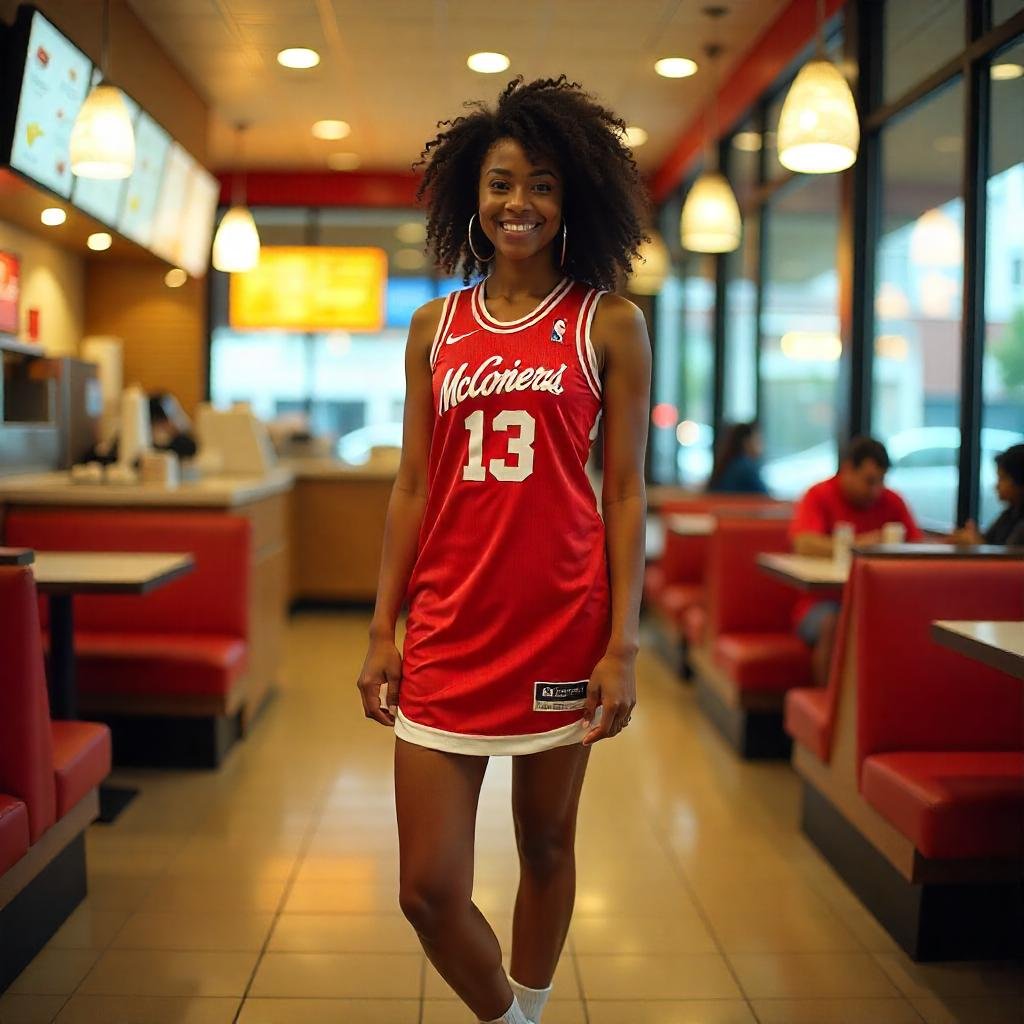
Angel’s All-American Style Angel Reese has always been confident in her personal style. From her days at Saint Frances Academy to her collegiate dominance with the LSU Tigers, she has used her platform to showcase a flair that blends athleticism with high-end aesthetics. While some athletes play it safe with minimalistic or brand-only outfits, Reese opts for glam—often combining bold colors, standout silhouettes, and accessories that reflect both streetwear and luxury sensibilities.
At the McDonald’s All-American Game, Reese exuded confidence in an outfit that balanced glamour with urban edge. It was a look that transcended typical athletic fashion, elevating red carpet expectations for women in sports. Reese’s style choices often mirror her on-court energy—powerful, unapologetic, and fiercely unique.
Why Angel Reese’s Fashion Matters Angel’s All-American Style
Reese’s fashion impact goes beyond the red carpet. Her aesthetic sends a message to young girls, particularly in the Black community, that femininity and athleticism are not mutually exclusive. She embraces long lashes, custom nails, and braided hairstyles alongside elite-level performance, pushing back against outdated stereotypes of how a “serious athlete” should look. In doing so, she opens doors for representation and identity exploration in women’s sports.
Fashion has always played a role in identity, and for Reese, it’s a canvas for self-expression. Her choices signal that style doesn’t diminish skill, and instead, can be a key component of an athlete’s brand and presence.
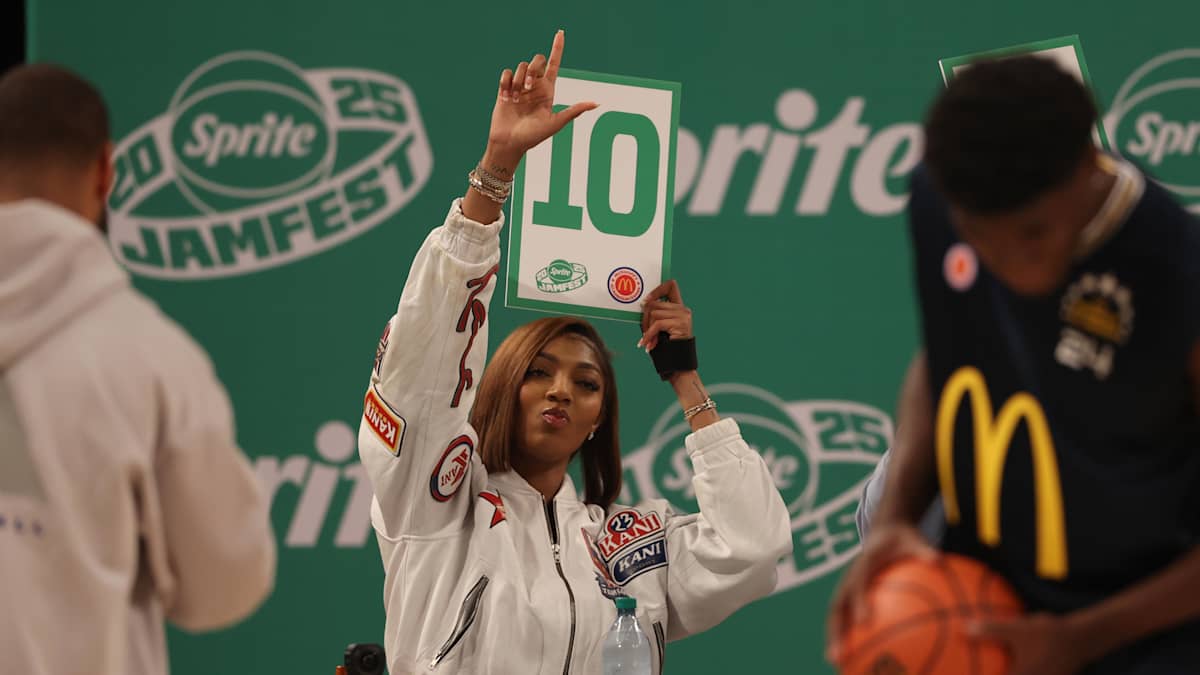
Influencing the Fashion Landscape in Sports Angel’s All-American Style
We are witnessing a shift in how WNBA and NCAA players engage with fashion. Stars like Skylar Diggins-Smith, A’ja Wilson, and now Angel Reese are increasingly using tunnel walks and event appearances as opportunities to showcase personal style. These fashion moments become cultural conversations, often trending across social platforms like Instagram and TikTok.
At the McDonald’s All-American event, Reese’s outfit sparked conversation across sports media and fashion outlets She represents a growing class of athletes who are equally as influential off the court as they are during game time.
Partnerships with major brands are likely on the horizon, especially as the NIL (Name, Image, Likeness) era continues to grow. Reese’s charisma and visibility make her a natural fit for collaborations with both sportswear giants and luxury labels. She has already hinted at interest from fashion brands and stylists, underscoring her potential as a multi-industry force.
Fashion That Reflects Strength and Storytelling Angel’s All-American Style
Angel Reese doesn’t just wear clothes—she tells stories. Each outfit she dons reflects confidence, culture, and control over her narrative. The McDonald’s All-American Game look wasn’t just about aesthetics—it was a message to the world that young, Black, female athletes can be multifaceted, stylish, and proud of who they are.
From slick two-piece suits to glittering gowns, Reese explores a variety of silhouettes. Her looks are curated to make statements, whether that’s about female empowerment, youth identity, or simply celebrating moments of success. Her choices are never accidental—they are part of a broader dialogue about visibility and inclusion in industries where women, particularly women of color, have been underrepresented.
The Rise of Pre-Game and Red Carpet Fashion in Women’s Sports
Once limited to men’s sports culture, pre-game fashion has become a key visual narrative in women’s leagues. What began in the NBA—with players like Russell Westbrook and LeBron James popularizing tunnel fits—has now firmly planted itself in the WNBA, NCAA Women’s Basketball, and beyond. Players like Angel Reese are leading that charge with outfits that are curated, bold, and socially conscious.
Young fans are taking notice. A generation raised on social media sees these athletes as more than sports figures—they’re influencers and icons. The demand for visibility isn’t limited to stats—it’s now about individual style, self-expression, and brand identity. Reese’s fashion-forward appearances are not just moments; they are movements.
Angel Reese’s Impact Beyond the Court
Reese’s influence extends to fashion magazines, social platforms, and pop culture media. She represents a new breed of athletes who fully embrace their cultural relevance, using clothing and aesthetics as extensions of their voice.
Whether she’s in a tunnel headed to a championship game or posing at a red carpet gala, Angel Reese is intentional about her image. That intention is redefining how we view success, beauty, and strength in sports. She’s not only rocking the game—she’s changing its entire playbook.
FAQs About Angel Reese’s Fashion
Q: What did Angel Reese wear to the McDonald’s All-American event?
A: Reese wore a standout ensemble that fused glam with streetwear, making a statement on individuality and athletic femininity.
Q: How has Angel Reese influenced basketball fashion?
A: By merging high fashion with athletic aesthetics, she’s part of a growing trend that sees athletes as style influencers and cultural icons.
Q: Why is Angel Reese’s fashion talked about?
A: Her bold, unapologetic style breaks norms in women’s sports fashion, celebrating identity, culture, and confidence.
Q: What brands does Angel Reese wear?
A: While she hasn’t confirmed specific partnerships, she’s often seen in designer pieces and athletic wear, suggesting a blend of luxury and performance styles.
Q: Has Angel Reese appeared in fashion magazines?
A: While she’s been featured in sports media, her growing style influence makes her a likely candidate for future features in fashion outlets.
Q: Can I get a similar look to Angel Reese’s style?
A: Yes! Look for bold matching sets, statement jewelry, sleek hairstyles, and a confident, expressive presence—key elements of her signature aesthetic.
Conclusion
Angel Reese is reshaping what it means to be a modern athlete. With her dazzling performance on the court and her fearless fashion sense off it, she’s showing the world that style and sportsmanship are not mutually exclusive. Her McDonald’s All-American appearance is just one example of how fashion can be a form of empowerment, self-expression, and visibility for young women in sports.
FASHION
Charming Calls: The Hello Kitty Case
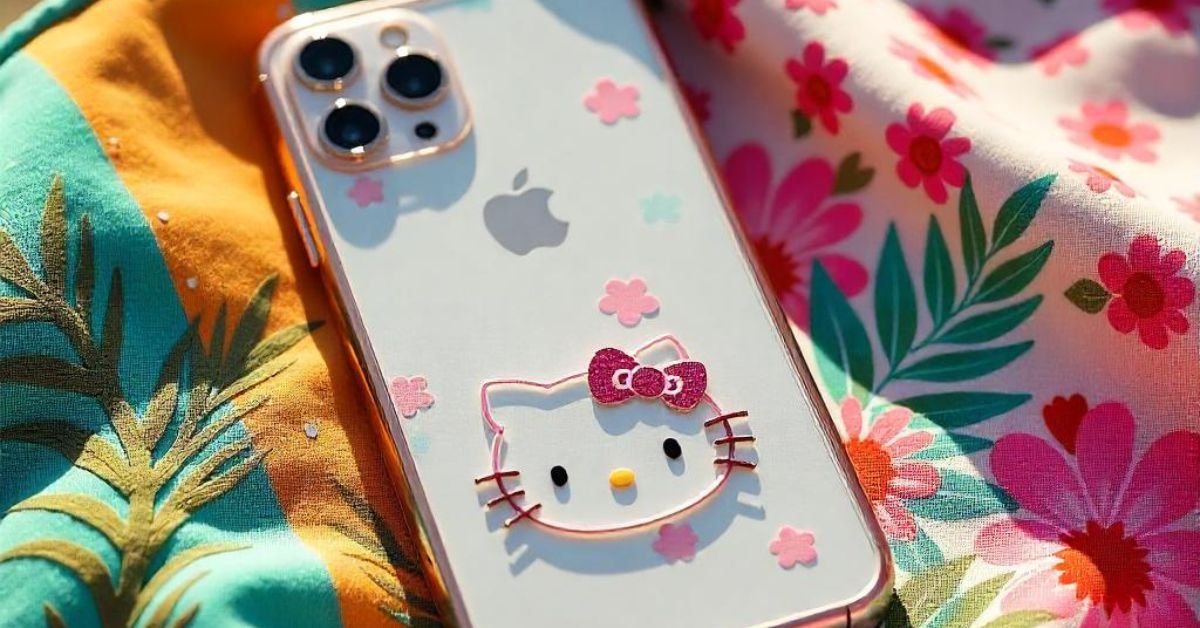
Hello Kitty-themed phone cover is often the gateway for many into the world of kawaii design. With rosy cheeks, a red bow, and an ever-adorable demeanor, Hello Kitty transforms otherwise mundane gadgets into collectible items that exude charm.
Materials that Mix Fashion and Function
Today’s consumers are more tech-savvy and style-conscious than ever before, and phone case manufacturers have risen to the occasion. Many Hello Kitty cases feature high-quality silicone, favored for its flexibility and ability to absorb impact. These cases offer a snug, tactile grip that helps prevent drops while remaining comfortable in hand.
In contrast, hard plastic and hybrid designs made with polycarbonate and TPU appeal to users seeking a sleeker, more durable alternative. These versions often come with reinforced corners, raised bezels to protect camera lenses, and antimicrobial coatings to reduce bacteria buildup. Sonix a prominent brand
Compatibility with Modern Devices
While early Hello Kitty phone cases were limited in model range, newer iterations have kept pace with the fast-evolving tech market. Today, there are Hello Kitty cases available for a wide array of devices, including iPhones, Samsung Galaxy models, and even foldable phones like the Galaxy Z Flip.
MagSafe compatibility has become an especially sought-after feature for Apple users. These cases integrate magnetic alignment technology to allow seamless charging without the need to remove the case. Brands like Sonix and Casetify offer MagSafe-friendly Hello Kitty cases that don’t compromise on cuteness or convenience. Cutouts for speakers, buttons, and camera arrays are precisely designed, ensuring full functionality while keeping the aesthetic intact.
Character Pairings and Design Variations
Beyond Hello Kitty herself, many phone cases feature collaborations with other iconic Sanrio characters like My Melody, Kuromi, and Little Twin Stars. These limited-edition collections cater to a wider audience by diversifying the visual language of the case. Whether you prefer the sweet pinks of My Melody or the edgier tones of Kuromi, there’s a style for every taste.
Some of the most popular models include 3D plush designs that double as phone holders, as well as glitter-dipped cases with embedded floating charms. Others opt for minimalist line-art versions that add a subtle nod to Hello Kitty without overwhelming the device’s design.
Everyday Durability and Real-World Use
Durability is one of the most common concerns among users considering a decorative phone case. However, the best Hello Kitty cases prove that aesthetics and protection aren’t mutually exclusive. Many users report that high-end silicone or hybrid models can endure daily wear-and-tear, accidental drops, and surface scratches without fading or yellowing.
One Reddit user shared their experience using a Hello Kitty silicone case for over a year, praising its flexibility and resistance to grime despite regular use. Others note that cases with glitter or 3D embellishments maintain their shine as long as they’re cleaned properly and not exposed to harsh chemicals.
Authenticity and Where to Buy
As with any popular brand, the Hello Kitty case market is rife with knockoffs. While budget options may look appealing, they often lack proper fit, wear out quickly, or don’t offer adequate protection. To ensure quality, it’s best to purchase from authorized retailers or well-reviewed online shops.
Brands like Sonix, Casetify, and RhinoShield have partnered with Sanrio to release licensed collections. You’ll also find authentic merchandise on the official Sanrio website, select Amazon sellers, and specialty stores like Tokyo Otaku Mode and Hot Topic. Independent creators on Etsy also offer custom Hello Kitty case designs, although verifying seller reviews is key to a good purchase.
Care and Maintenance
Despite being robust, Hello Kitty cases—especially those made of soft silicone or with glitter components—require regular care. Avoid using alcohol-based wipes, which can degrade printed designs. Instead, use mild soap and warm water for cleaning, followed by air-drying. Storing your phone out of direct sunlight and away from sharp objects can help maintain its aesthetic and structural integrity.
If your case starts to yellow or lose its luster, a gentle baking soda paste can sometimes restore clarity to clear silicone, though this method should be tested cautiously on a small area first.
FAQs
Q1: Are Hello Kitty phone cases good for protection?
Yes, many are made with durable materials like TPU or silicone and include shock-absorbing features such as reinforced corners and raised edges for screen and camera protection.
Q2: Do these cases work with MagSafe or wireless charging?
Some Hello Kitty cases, particularly those from brands like Sonix and Casetify, are MagSafe compatible and support wireless charging without needing to remove the case.
Q3: Will the glitter or 3D design fade over time?
High-quality cases are designed to retain their sparkle and shape. Regular care and avoiding harsh cleaning agents will extend their appearance and function.
Q4: Where can I buy authentic Hello Kitty cases?
Authentic cases can be found on Sanrio’s official site, Sonix, Casetify, and verified Amazon listings. Always look for licensed product indicators and customer reviews.
Q5: Are there Hello Kitty cases for Android phones?
Absolutely Many popular styles are now available for Samsung Galaxy Google Pixel and other Android devices in addition to iPhones.
Conclusion
The Hello Kitty phone case phenomenon is more than a passing trend it’s a cultural icon wrapped in soft silicone hard plastic or glittery resin. As mobile accessories continue to blend form and function Hello Kitty cases remain a standout choice for fans of all ages who want to express themselves without compromising device safety
-

 BLOG2 months ago
BLOG2 months agoUnmasking the Risks: AI Face Swap in NSFW Content
-

 BLOG2 months ago
BLOG2 months agoRagdoll Archers Unblocked: Chaos in Every Shot
-

 BLOG2 months ago
BLOG2 months agoMark Spaeny: Tailoring Success and Raising a Star
-
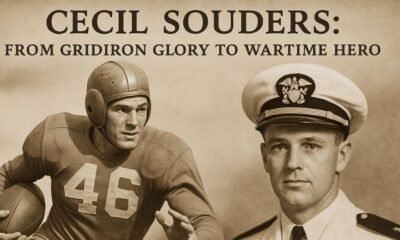
 BLOG2 months ago
BLOG2 months agoCecil Souders: From Gridiron Glory to Wartime Hero
-

 BLOG2 months ago
BLOG2 months agoJapan Tourist Visa Guide for Indians
-

 GAME2 months ago
GAME2 months agoAurora Resupply GTA 5 Guide for PS4 Players
-

 BLOG2 months ago
BLOG2 months agoZurich Unlocked: Exploring ZRH Airport Code
-

 ENTERTAINMENT4 weeks ago
ENTERTAINMENT4 weeks agoTwitter Rate Limit Exceeded: What It Means and How to Fix It Fast






